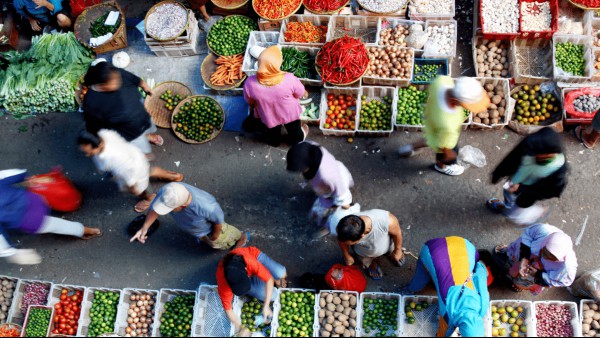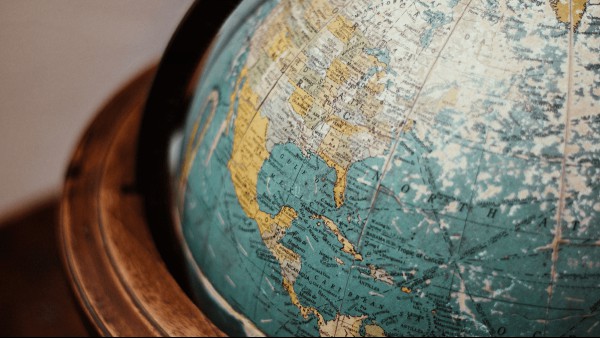Names For Santa Claus Around The World
Santa Claus, the iconic figure of generosity and joy, is known and loved by children and adults around the world. But have you ever wondered about the real Santa Claus name? The answer is more complex and fascinating than you might imagine. Join us on a magical sleigh ride across continents as we explore the diverse names and rich traditions associated with this beloved holiday character.
The Origins of Santa Claus
The story of Santa Claus begins with Saint Nicholas, a 4th-century Christian bishop known for his generosity and gift-giving. Over time, this historical figure evolved into the modern-day Santa Claus we know and love. But as his legend spread across the globe, so did the variations of his name.
A Name for Every Nation
One of the most intriguing aspects of the Santa Claus phenomenon is how different cultures have adapted his name and image to fit their own traditions. Let’s unwrap some of the most popular names for Santa Claus around the world:
- Father Christmas (United Kingdom)
In the UK, Santa is often referred to as Father Christmas. This name evokes the image of a wise, paternal figure bringing joy to families during the holiday season. - Père Noël (France)
Our French friends call him Père Noël, which translates to “Father Christmas.” In some regions of France, he’s accompanied by Père Fouettard, who reminds Père Noël of children’s past behavior. - Weihnachtsmann (Germany)
Germans know Santa as Weihnachtsmann, meaning “Christmas Man.” However, in some parts of Germany, the Christkind (Christ Child) is said to bring gifts instead. - Babbo Natale (Italy)
In Italy, children eagerly await Babbo Natale. But they also have another gift-bringer: La Befana, a kind witch who delivers presents on Epiphany Eve. - Papá Noel (Spain)
Spanish-speaking countries often use the name Papá Noel, similar to the French version. However, in Spain, the Three Wise Men (Los Reyes Magos) are also important gift-givers. - Sinterklaas (Netherlands & Belgium)
The Dutch name Sinterklaas is actually the closest to the original “Santa Claus.” It’s believed that Dutch settlers brought this name to America, where it eventually evolved into “Santa Claus.” - Joulupukki (Finland)
In Finland, Santa goes by Joulupukki, which curiously translates to “Yule Goat.” This name has its roots in old Scandinavian traditions involving goat-like spirits. - Ded Moroz (Russia)
Russian children look forward to visits from Ded Moroz, or “Grandfather Frost.” He’s often depicted in a long blue coat and is accompanied by his granddaughter, Snegurochka. - Julenissen (Norway)
In Norway, Santa is known as Julenissen, which means “Christmas gnome.” This name reflects the country’s rich folklore traditions. - Jultomten (Sweden)
Swedish children know Santa as Jultomten, a combination of “Christmas” and “gnome.” This name also has roots in Scandinavian folklore. - Agios Vasilis (Greece)
In Greece, St. Basil (Agios Vasilis) is the traditional gift-giver, bringing presents on New Year’s Day rather than Christmas.
The Global Appeal of Santa Claus
Regardless of the name, the spirit of Santa Claus transcends borders and languages. This universal figure represents generosity, kindness, and the magic of the holiday season. The various names and traditions associated with Santa Claus reflect the rich cultural diversity of our world while highlighting our shared human values.
Learning Santa’s Many Names: A Fun Way to Explore Languages
For language enthusiasts, learning Santa’s different names can be an enjoyable way to dip your toes into various cultures and languages. It’s a festive reminder of how language shapes our traditions and vice versa.
If you’re interested in diving deeper into these languages and cultures, why not make it your New Year’s resolution to learn a new language? With Babbel, you can explore the languages behind these Santa names and much more. Our app offers courses in 14 different languages, including many of those mentioned in this article.
So, what is the real Santa Claus name? The truth is, there isn’t just one. From Saint Nicholas to Santa Claus, from Père Noël to Ded Moroz, each name represents a unique cultural interpretation of the same beloved figure. This diversity of names reflects the universal appeal of Santa Claus and the joy he brings to people around the world. As we celebrate the holiday season, let’s appreciate the rich tapestry of traditions that make this time of year so special. Whether you’re hanging stockings for Father Christmas or leaving out cookies for Babbo Natale, the spirit of giving and kindness remains the same. And isn’t that the real magic of Santa Claus, no matter what name we use?
This article was created with the assistance of AI.
RECOMMENDED NEWS

A Pronunciation Guide To The Indonesian Alphabet
Learning the alphabet is allegedly easy. So easy, people will compare other things to it to say how ...

11 Bloody Brilliant British English Phrases
Ahh good ol’ Blighty — or Britain, as you might know it — the little island anchored in the North At...

What’s The Difference Between A Monologue And A Dialogue?
At first glance, the difference between monologues and dialogues is pretty straightforward. A monolo...

Frases De Amor: Love Phrases In Spanish From Around The World
Spanish is a Romance language. And yes, that technically just means that it’s one of the descendants...

How Many Languages Are There In The World In 2025?
“I can order my coffee in seven different languages!” This sentence sounds pretty impressive, doesn’...

What Is a Verb? A Guide To Understanding And Using Verbs
Without verbs, our sentences would remain static, unable to convey movement, transformation or exist...

Comments on "Names For Santa Claus Around The World" :